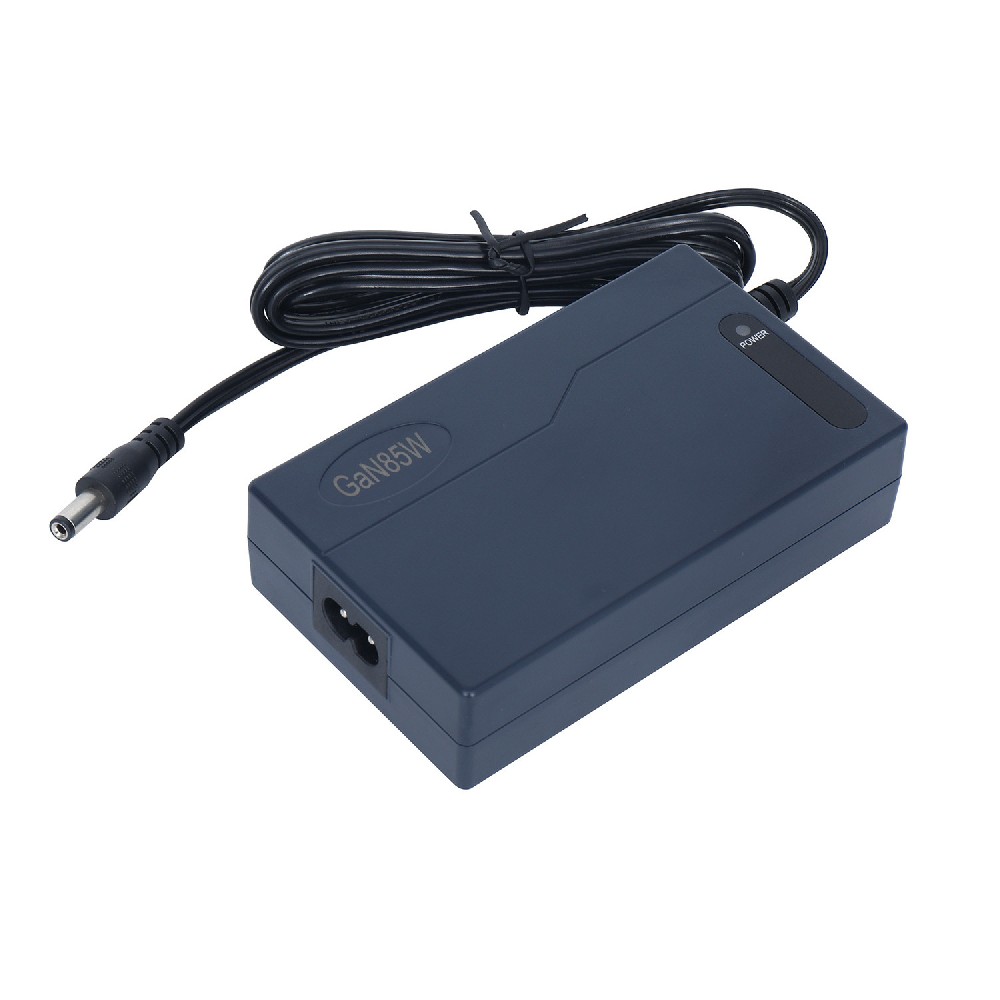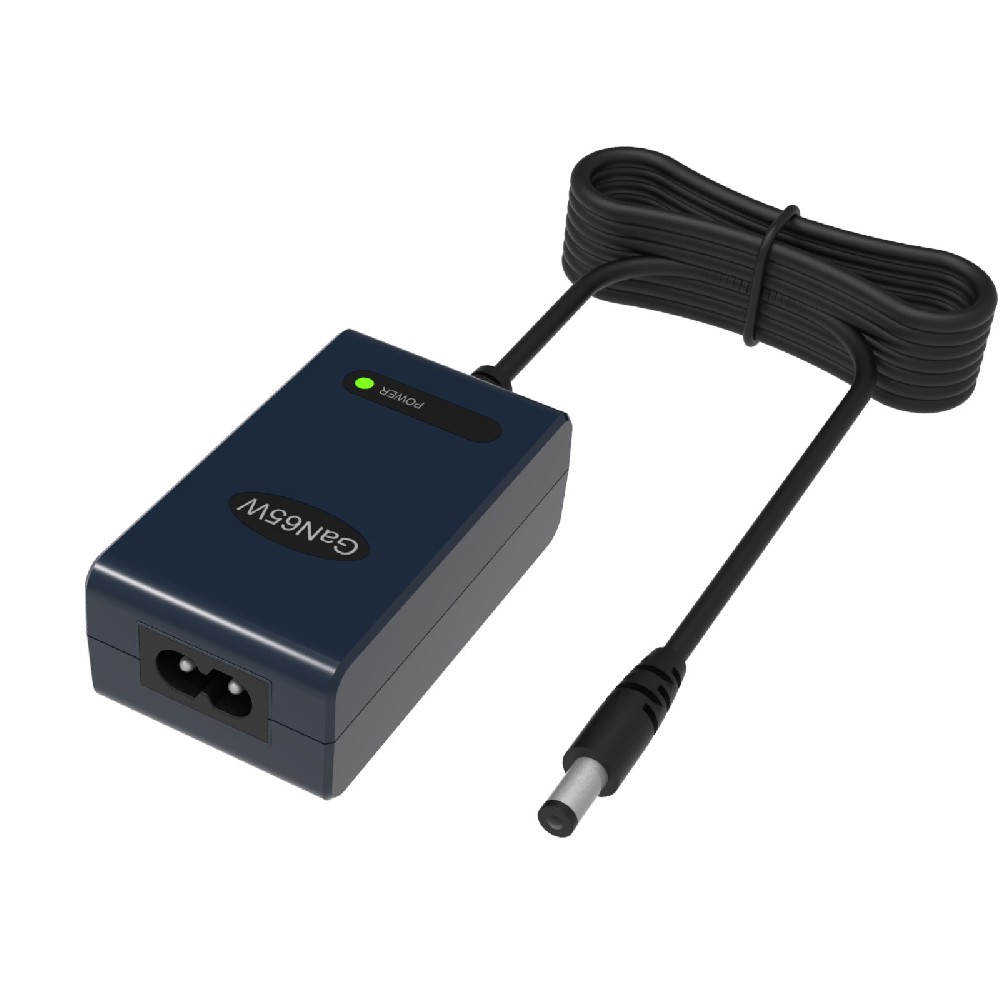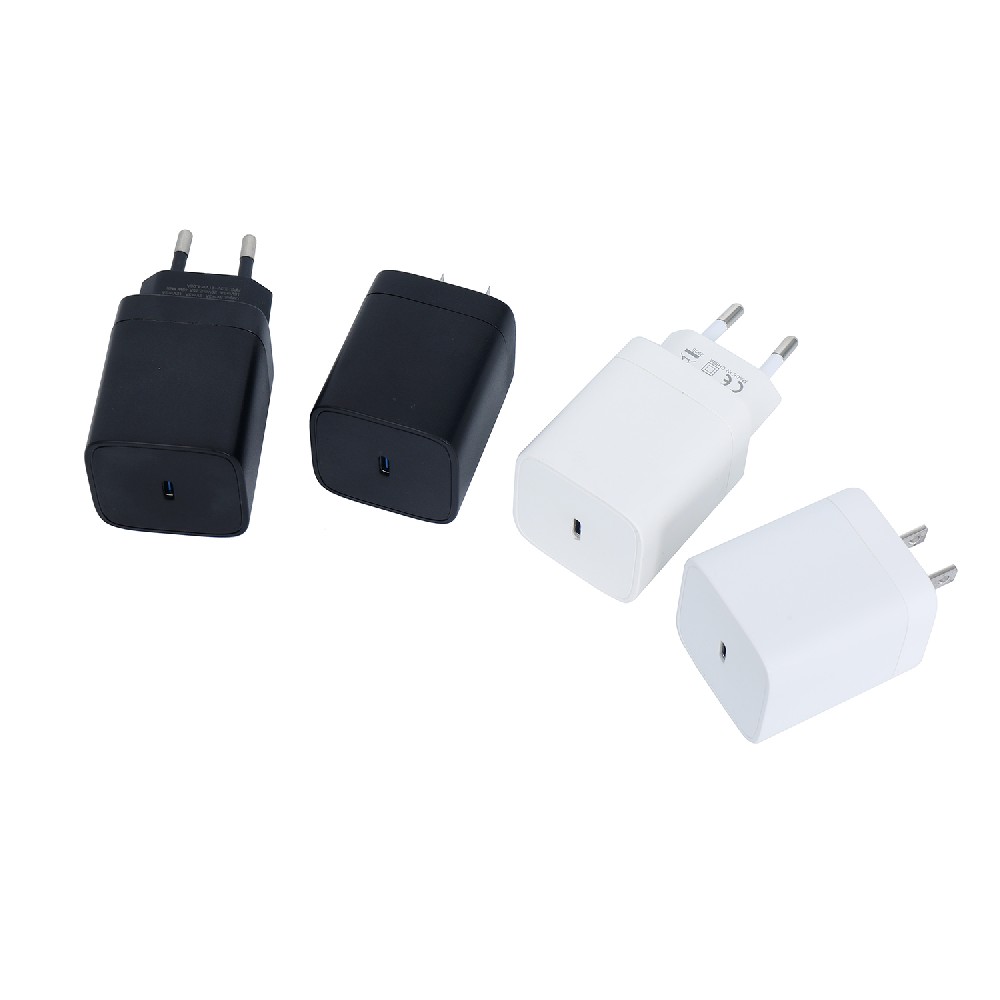Information Center
The Ultimate Guide to Designing an Efficient and Safe Battery Charger Circuit
Published:2023-07-14 10:32:59 Author:Green WCND Views:38A battery charger circuit is an electronic device that is used to charge rechargeable batteries. The circuit consists of various components that work together to charge the battery efficiently and safely. Depending on the type of battery being charged, the charger circuit must be designed to deliver the appropriate charging current, voltage and charging time.

One of the key components of a battery charger circuit is the charging IC or Integrated Circuit which is responsible for controlling the charging process. The IC monitors the charging status of the battery and regulates the charging current and voltage to ensure that the battery is charged properly. In addition to the charging IC, a battery charger circuit typically includes a transformer, diodes, capacitors, resistors and an output circuit.

There are several factors that must be taken into consideration when designing a battery charger circuit. The most important of these factors is the type of battery being charged. Different types of batteries require different charging currents and voltages. For example, a lead-acid battery requires a higher charging current than a nickel-cadmium battery.
Another important factor is the charging time. Overcharging a battery can cause it to become overheated, which can lead to damage or even a fire. Undercharging a battery can also reduce its overall capacity and lifespan. In order to prevent these issues, a battery charger circuit must be designed to provide a precise charging time and ensure that the battery is not over or undercharged.
The efficiency of the charger circuit is also crucial. An inefficient charger circuit will waste energy and may even cause damage to the battery being charged. In order to maximize the efficiency of the charger circuit, it is important to select components that are high-quality and designed for the specific application.
There are several types of battery charger circuits available, including constant current, constant voltage and pulse charger circuits. Each of these circuits has its own advantages and disadvantages and is designed for specific types of batteries.
In conclusion, a battery charger circuit is an essential component for charging rechargeable batteries. Proper design of a battery charger circuit must take into consideration the type of battery being charged, the charging time, and efficiency of the charger circuit. High-quality components and design are vital in ensuring that the battery is safely and efficiently charged to maximize its lifespan.
Battery testers of different voltages exhibit significant differences in several aspects, and a 12V battery tester is primarily used for testing a range of spec···
Battery Testers (battery capacity testers/battery detectors) indeed come in various types tailored for different products. These different types of battery test···
The advantages and disadvantages of battery testers are as follows:AdvantagesFlexibility:Battery testers can accommodate various testing modes, making them adap···
Understanding the testing accuracy of golf cart battery testers is crucial for ensuring the precision of test results. Here are some methods to assess the testi···





